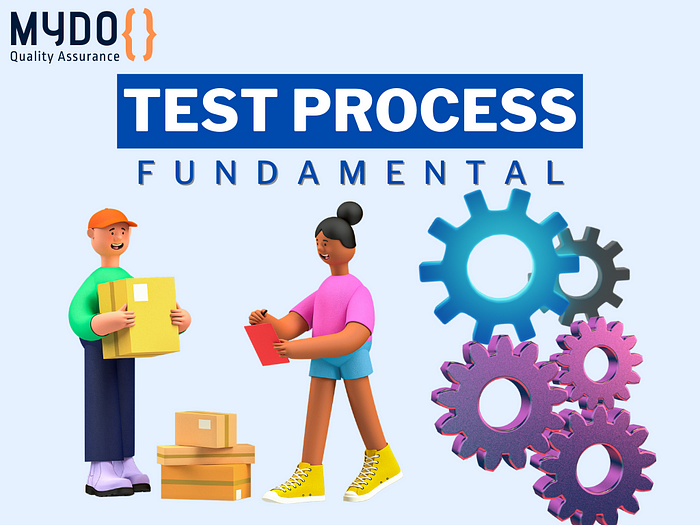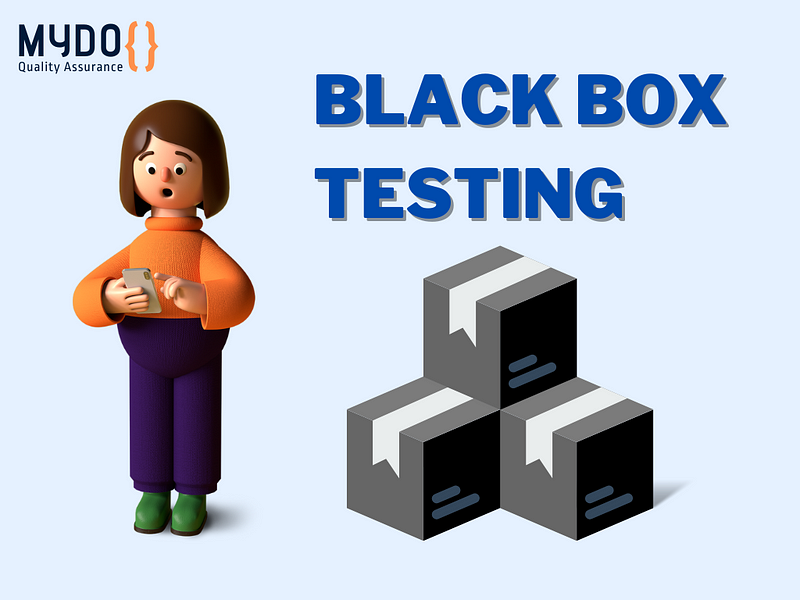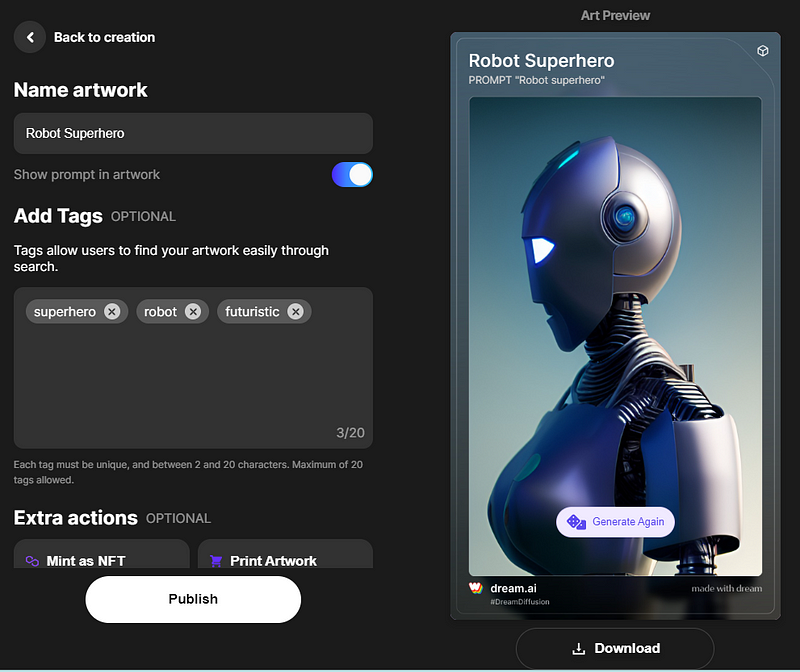Introduction
Software testing is the process of evaluating a software system or its components to find defects and assess the quality of the product. It is an integral part of the software development process, as it helps ensure that the developed product meets the specified requirements and is fit for its intended purpose.
Since we can agree on the importance of software testing, we may agree that software testing requires a set of activities to achieve its established objectives. This set of software testing activities is called the software testing process.
The decision about the proper and specific software testing process will depend on several contextual factors. Those contextual factors include, but are not limited to:
- Software development lifecycle model and project methodologies being used
- Test levels and test types being considered
- Product and project risks
- Business domain
- Operational constraints, including but not limited to:
— Budgets and resources
— Timescales
— Complexity
— Contractual and regulatory requirements - Organizational policies and practices
- Required internal and external standards

Test Activities and Tasks
Test planning and control
In test planning, we specify the objectives of our testing, as well as the approach for meeting those objectives within constraints imposed by our context (e.g., specifying suitable techniques and tasks for testing). We may revisit these plans based on feedback from monitoring and control activities.
Management of any activity doesn’t stop with planning, there is more to it. For example, we need to control and measure progress against the plan. This is called test control and it is an ongoing activity. We need to compare actual progress against the planned progress and report to the project manager and customer on the current status of testing, including any changes or deviations from the plan.
Test analysis and design
The activity of test analysis and design involves transforming general testing objectives into specific test conditions, as well as creating designs for those conditions.
During the test analysis phase, we analyze the test basis and define associated test conditions. In other words, we determine “what to test” in terms of measurable coverage criteria.
During test design, high-level test cases and sets of high-level test cases are created. These are used to answer the question “how to test?” while test analysis answers the question “what to test?”
Test implementation and execution
During the implementation and execution phase, we build a high-level design for our tests by transforming test conditions into test cases and procedures. So, test implementation addresses the question “Have we built everything we need to run our tests?”.
We also need to set up an environment where we will run the tests, build our test data and generate reports. Setting up environments and data often involves significant time and effort, so you should plan and monitor this work carefully.
Evaluating exit criteria and reporting
Evaluating exit criteria is a way to assess your testing activities against the defined objectives. Every test level needs to be evaluated against its objectives to see if it has met the requirements. This can be done for each project by looking at coverage and completion, acceptance, and process exit criteria.
Coverage and completion tell us how complete the tests are and how many cases must be tested for a given functionality.
Acceptance criteria tell us how we know whether the software has passed or failed overall and may include items such as checking that a system works as expected or that it meets all design standards.
Process exit criteria tell us whether we have completed all the tasks we need to do.
Test closure activities
During the closure of a test phase, we collect information from the completed activities to consolidate experience and check our knowledge. We might need to do this when the software is delivered or when testing has finished. We also might close testing for other reasons, such as when we have gathered all the information needed from testing, when a particular milestone has been achieved, when a project is canceled, or when an update or maintenance release is done.
Conclusion
Those testing process activities can be implemented sequentially, but for different occasions, they may overlap, take place concurrently, and often be implemented iteratively.
The software testing process is a crucial set of test activities in software testing as it helps ensure that the test objectives are achieved.
How to use AI to make an article
Another use of AI is it can help us to create an article in no time. One that I always use to help me make my medium blog is copy.ai.
CopyAI is a brand new tool that utilizes artificial intelligence to brainstorm and write the perfect copy for your ads, sales pages, social media updates, and pretty much anything else you need copy for. Forget having to brainstorm and write yourself... leave it to the bots.
If you are interested in using AI to make blog posts, rewrite sentences, or social media captions please take a look at the link below.



.png)
























